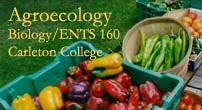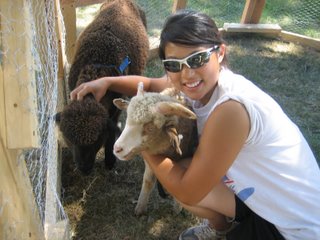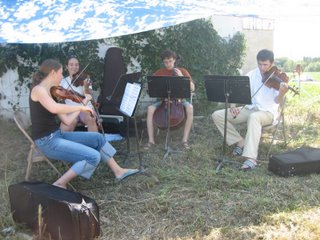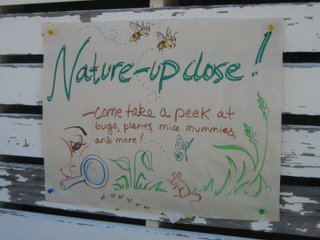
Farmelton
The Carleton Farm
A project of the Bio 160 Agroecology Course
College Name
St. Olaf College
Brief Description of College
St. Olaf College is a coeducational liberal arts school of approximately 3,000 students located across the street from Carleton College.
Farm Size
The STOGROW takes up approximately 1 acre of cultivated land. It is located on the edge of St. Olaf’s land next to the Cannon River Watershed Council building and a number of local conventional farms. In addition to the actual garden, it boasts a small greenhouse, and a couple of tool sheds.
Produce of Farm
The main products of the farm include tomatoes, eggplants, peppers, and squash (summer and winter). Tomatoes represent over 1/3 of the yearly crop. They also produce smaller amounts of kale, cucumbers, salad greens, root crops (primarily carrots and radishes), and melons. In addition to a few beehives, they own approximately 8-10 chickens and have experimented with owning lambs.
Farming Approach
St. Olaf uses organic methods, although they are not certified organic. They practice intercropping and crop rotation, as well as some biodynamic methods. For example, they have a mobile chicken coop which they drag around the edge of the garden to provide fertilizer and reduce feed costs for the chickens, who eat the rotten vegetables. The land is quite fertile because it was formerly a horse corral, but they also use some compost and mulch to provide additional organic matter.
Where Produce Goes
The vast majority of the food is sent to the St. Olaf dining halls. This is especially true of the tomatoes, eggplants, peppers, and squash. When the quantity is not sufficient for the dining hall it is divvied up among the student workers.
How Farm is Funded
STOGROW began three years ago with a grant from the Finstad Program for Entrepreneurial Studies at St. Olaf college. In addition to the Finstad, they also received start-up money from the St. Olaf student government and a grant to buy new farm equipment from Bon Appétit, their food service provider, in commemoration of its’ 20th Anniversary. After their first year of operation, STOGROW entered into a partnership with Bon Appétit. Bon Appétit buys all produce from the farm. The money is put into a fund that is used to pay student workers, who receive an hourly wage. The leftover money is used to purchase seeds and transplants for the next year.
How Farm is Staffed and Supervised
The farm has 5 summer student workers, who average about 30 hours a week over the course of the summer. They do not employ anyone during the school year.
Purposes of Farm
The main goal of the farm is to provide fresh, organic produce for the school’s dining halls. However, in addition to the learning opportunities provided to the five summer student workers, it also serves other educational roles. For example, students from St. Olaf’s summer programs take trips to the garden, as do some classes, such as Introduction to Environmental Studies. Classes not traditionally associated with food or the environment, such as those in the Women’s Studies or English departments, have also found ways to integrate the farm into their class work. At least one biology class used the farm for a lab session, and individual students have worked on research projects there. The farm also runs a couple of open houses, gardening days, and demonstrations each summer.
How Farm was Initiated
STOGROW was begun three years ago by two St. Olaf students who applied for a grant through St. Olaf’s small business program. Although they initially had trouble convincing the administration of the feasibility of the project due to past failures of previous student-initiated gardens, with the support and enthusiastic endorsement of Bon Appétit, the food service provider, they received permission to start STOGROW. Their original plan was to run the farm as a small business, selling a portion to the dining halls and a portion at local farmers’ markets. However, after the first year, they switched to their current model (see “How Farm is Funded,” above).
Future Challenges and Goals
St. Olaf’s college garden is still quite young. In the future they hope to implement a better irrigation system, introduce more biodynamic and permaculture farming methods, diversify their crops, and work with other local organic farms to better understand how they can improve their operation.



